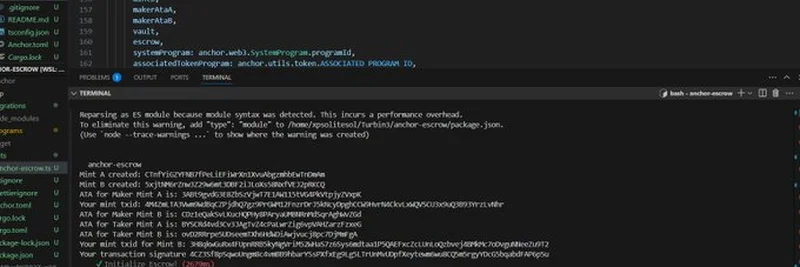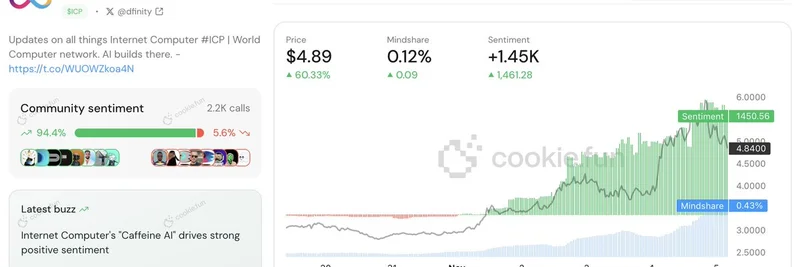Hey there, crypto enthusiasts! If you’ve been keeping an eye on the latest blockchain developments, you might have stumbled across an exciting post by psolite.sol (@0xpsoliteSol) on X. This developer shared their journey of building an escrow program on the Solana blockchain using the Anchor framework—a tool that simplifies smart contract development. Let’s break it down and explore what this means for the blockchain community, especially those interested in meme tokens and decentralized finance (DeFi).
What’s an Escrow Program, Anyway?
First things first—let’s clarify what an escrow program is. Imagine you’re trading something valuable, like 10,000 BONK tokens for 100 USDC, with someone you don’t fully trust. An escrow acts like a neutral middleman. It holds the assets until both parties meet the agreed conditions—say, the buyer receives the tokens, and the seller gets the payment. On a blockchain like Solana, this process is automated through smart contracts, removing the need for trust and reducing risks.
In the case of psolite.sol’s project, the escrow program allows one user to set up an order (e.g., offering 10,000 BONK for 100 USDC), and another user can match it by providing the USDC. The smart contract ensures everything happens smoothly, thanks to Solana’s high-speed network and the Anchor framework’s user-friendly structure.
The Role of Anchor Framework
So, what’s the Anchor framework? Think of it as a toolkit that makes building smart contracts on Solana easier. It uses Rust (a programming language known for its security) and adds features like automated testing and deployment. Psolite.sol used this framework to create their escrow program and even wrote tests in TypeScript (TS) to ensure it works as intended. You can check out the code on their GitHub repository and even suggest improvements—how cool is that?
The image shared in the post shows a snippet of the code and test results, proving the program’s functionality. Here’s a peek:
This visual gives us a glimpse into the technical side—lines of code initializing the escrow, handling token transfers, and verifying the process. It’s a testament to how accessible blockchain development is becoming, even for those new to the space.
Why This Matters for Meme Tokens and DeFi
At Meme Insider, we’re all about keeping you updated on meme tokens and blockchain innovations. This escrow program could be a game-changer for trading meme coins, which are often volatile and traded peer-to-peer (P2P). By using a secure, automated system, users can swap tokens like BONK or DOGE with confidence, knowing the process is fair and transparent.
The post also mentions Solana Turbine, a platform where psolite.sol learned this skill. It’s a great example of how educational hubs are empowering developers to build practical tools for the crypto ecosystem.
Community Reactions and Next Steps
The X thread sparked some interesting responses. Nzube Ezudo highlighted how undervalued escrow systems are, especially for projects like airbillspay. Others, like Sanity, praised the constant innovation. Even a curious follower asked for a simple explanation of escrow, which psolite.sol answered with a clear P2P trading example—proof of the community’s engagement!
If you’re a blockchain practitioner, this is a fantastic opportunity to dive in. Clone the GitHub repo, experiment with the code, and maybe even contribute. Whether you’re into meme tokens or just exploring DeFi, understanding tools like Anchor and escrow programs can level up your skills.
Final Thoughts
Psolite.sol’s work is a shining example of how the Solana ecosystem is evolving. With the Anchor framework simplifying development and the potential for secure P2P trades, we’re seeing practical applications that could shape the future of cryptocurrency. Keep an eye on this space—projects like this might just inspire the next big meme token trend!
What do you think about this escrow program? Have you tried building on Solana? Drop your thoughts in the comments, and let’s chat about it!


